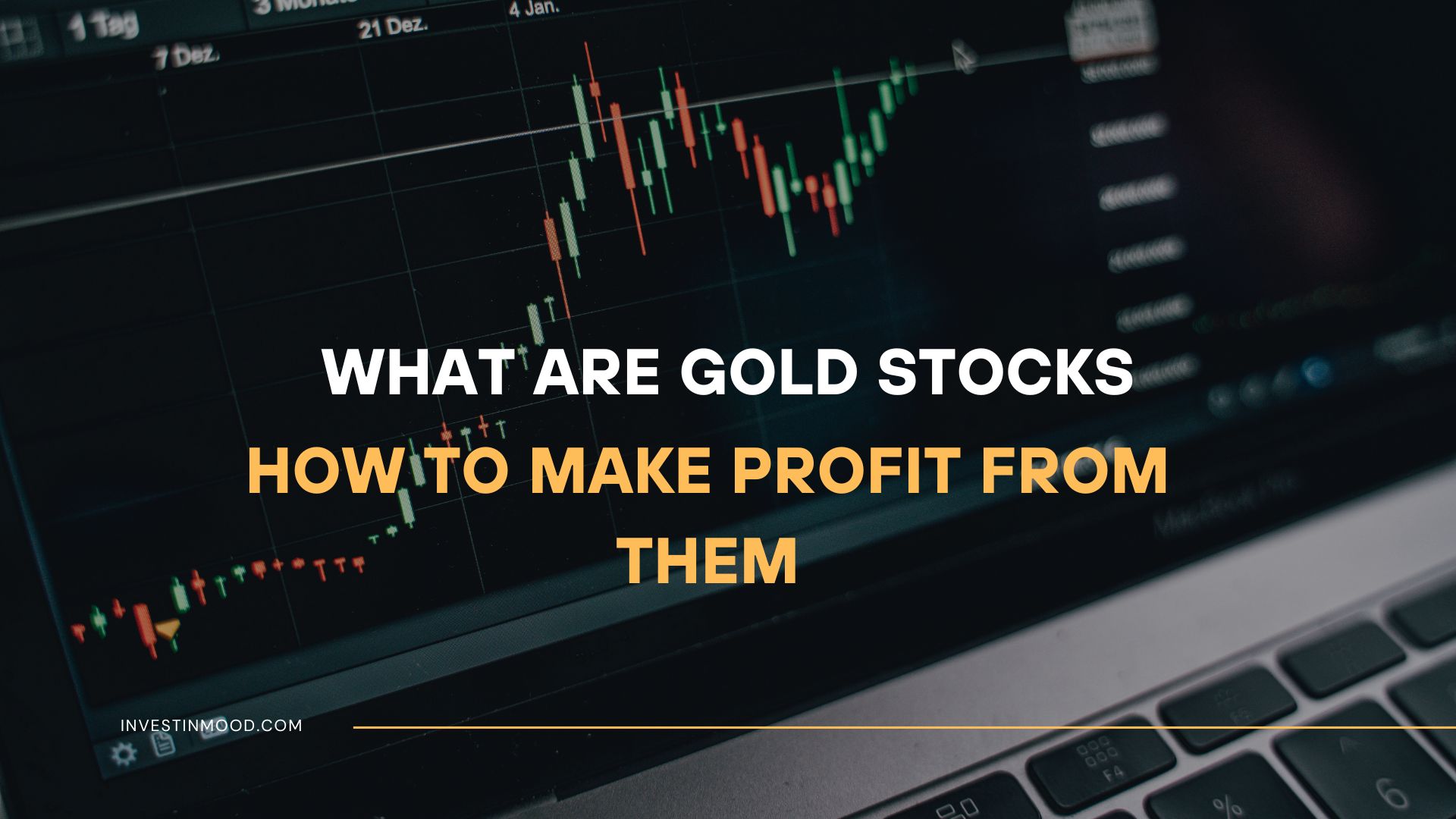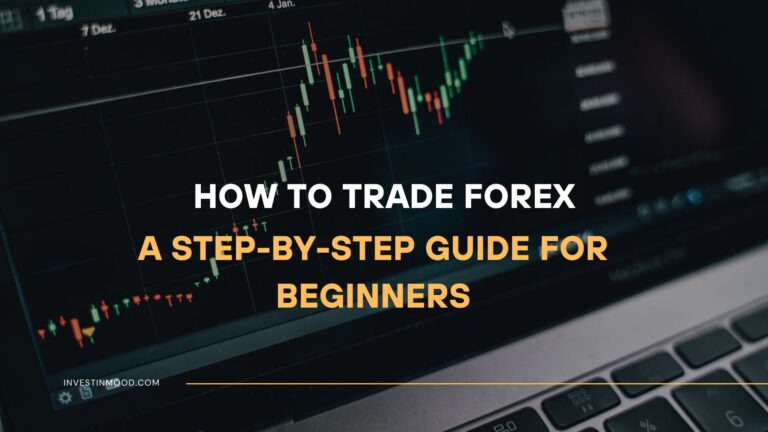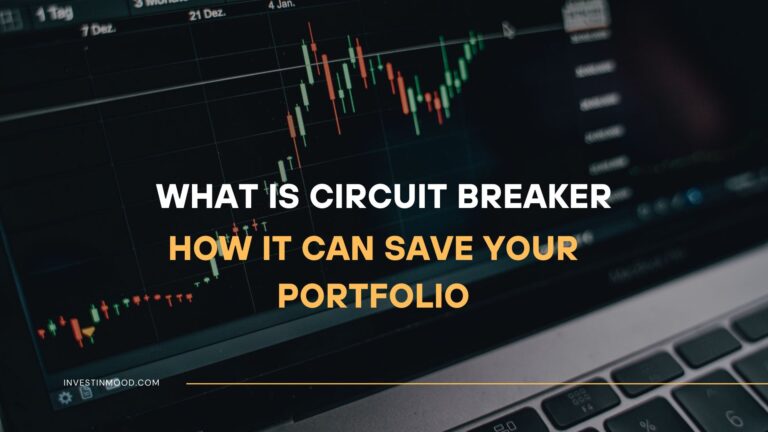
What Are Gold Stocks and How to Make Profit From Them
Gold stocks represent shares in companies that are involved in the mining and production of gold. They offer a powerful, leveraged way to gain exposure to the price of gold without owning the physical metal. For investors in the US, UK, Canada, and Australia, where major mining companies are listed on exchanges like the NYSE, TSX, and ASX, understanding gold stocks is key to navigating the volatile commodities sector.
Summary Table
| Aspect | Detail |
|---|---|
| Definition | Shares of companies engaged in the exploration, development, and production of gold. |
| Also Known As | Gold Miners, Gold Mining Stocks, Gold Equities |
| Main Used In | Commodity Investing, Portfolio Diversification, Hedging Against Inflation |
| Key Takeaway | They offer leveraged exposure to gold prices but carry company-specific operational risks not present with physical gold. |
| Formula | N/A |
| Related Concepts |
What are Gold Stocks
Gold stocks are equity investments in companies whose primary business is the discovery and extraction of gold from the earth. Unlike buying a gold bar or coin, when you buy a gold stock, you are not buying gold itself. You are buying a piece of a business whose fortunes are tied to the price of gold. These companies range from tiny “junior miners” exploring new territories to massive “senior producers” like Newmont Corporation that operate large, profitable mines worldwide.
Think of it like this: Investing in physical gold is like buying a raw ingredient (wheat), while investing in a gold stock is like buying a share in a bakery. The bakery’s success depends on the price of wheat, but also on its skill at baking, its management efficiency, and its operational costs. If the price of wheat doubles, the bakery’s profits could more than double if it manages its costs well—this is the leverage gold stocks can provide.
Key Takeaways
The Core Concept Explained
The core concept of a gold stock hinges on its operating leverage. A mining company has relatively fixed costs to run its operations: labor, fuel, equipment, and processing. If the market price of gold is $1,800 per ounce and a company’s all-in sustaining cost (AISC) to produce it is $1,200, its profit is $600 per ounce.
Now, if the gold price rises 10% to $1,980, the profit becomes $780 per ounce—a 30% increase. This magnified effect on profitability is what drives stock prices higher at a rate faster than the underlying commodity. Conversely, a 10% drop in the gold price could wipe out a much larger portion of the profit, leading to a steeper decline in the stock price.
How to Value Gold Stocks
While there is no single formula like P/E for all miners, investors use a set of industry-specific metrics to value gold stocks. The most critical is the All-in Sustaining Cost (AISC) per ounce, a standardized metric developed by the World Gold Council.
Key Valuation Metrics
- All-in Sustaining Cost (AISC): The total cost associated with producing and sustaining an ounce of gold from current operations. A lower AISC means higher profitability and a more resilient company during gold price downturns.
- Price-to-NAV (Net Asset Value): Similar to P/B ratio, but specific to miners. It compares the company’s market capitalization to the net present value of its future gold production from its mines. A ratio below 1.0 can suggest undervaluation.
- EV/EBITDA: Enterprise Value to Earnings Before Interest, Taxes, Depreciation, and Amortization. Useful for comparing miners with different capital structures and tax situations.
Example Calculation: Profit Margin
Let’s compare two hypothetical miners listed on the Toronto Stock Exchange (TSX), a global hub for mining finance.
- Input Values:
- Company A (Low-Cost Producer): AISC = CAD $1,000/oz | Gold Price = CAD $2,400/oz
- Company B (High-Cost Producer): AISC = CAD $1,800/oz | Gold Price = CAD $2,400/oz
- Calculation:
- Company A Profit per oz = $2,400 – $1,000 = CAD $1,400
- Company B Profit per oz = $2,400 – $1,800 = CAD $600
- Interpretation: Company A has a profit margin of 58% ($1,400/$2,400), while Company B’s is only 25%. If the gold price falls by CAD $500, Company B’s profits are devastated, while Company A remains highly profitable. This demonstrates why AISC is a vital metric for assessing a gold stock’s health.
Why Gold Stocks Matter to Traders and Investors
- For Investors: Gold stocks are a cornerstone of a diversified portfolio. They have a low correlation to the broader stock market (e.g., the S&P 500), meaning they can perform well when tech or consumer stocks are struggling. They are a classic hedge against currency devaluation and inflation. Furthermore, they offer growth potential through exploration success and reserve expansion, something static physical gold cannot do.
- For Traders: The volatility of gold stocks creates numerous trading opportunities. Traders can capitalize on short-term swings based on earnings reports, new drill results from exploration projects, or technical breakouts on the charts. The leverage means that a correct call on the direction of gold can lead to outsized returns in a short period.
- For Analysts: Gold stocks are a play on both macroeconomics and microeconomics. Analysts must assess global factors like real interest rates and central bank policy from the U.S. Federal Reserve, while also diving deep into company-specific data like mine grades, reserve life, and management quality.
How to Use Gold Stocks in Your Strategy
Use Case 1: The Inflation Hedge and Portfolio Diversifier
- Scenario: An investor is concerned about long-term inflation and wants to reduce portfolio correlation to the S&P 500.
- Action: Allocate 5-10% of the portfolio to a diversified basket of gold stocks. This could include an ETF like the VanEck Gold Miners ETF (GDX), which holds a broad range of senior and intermediate producers. This provides a pure-play, leveraged hedge without the need to pick individual winners.
Use Case 2: The Speculative Exploration Play
- Scenario: A trader with a high-risk tolerance wants exposure to a potential major gold discovery.
- Action: Research junior explorers with projects in proven geological districts. The strategy is to buy before a major drill result is announced. A successful “drill hit” showing high-grade gold can send a junior miner’s stock price up hundreds of percent in a single day. However, failed drills can lead to total capital loss.
Use Case 3: Trading the Gold Price Cycle
- Scenario: A technical trader believes the price of gold is poised for a breakout after a period of consolidation.
- Action: Instead of buying physical gold, the trader buys shares in a leveraged, well-managed producer like Barrick Gold. The goal is to capture a move that is amplified relative to the underlying gold price. Stop-loss orders are essential to manage the inherent volatility.
To execute these strategies, you need a brokerage account that provides access to global markets. We’ve reviewed the best platforms for trading commodities and international stocks to help you get started.
- Leverage: Potential for returns that significantly exceed the rise in the spot price of gold.
- Dividend Income: Many established producers share profits with shareholders.
- Growth Potential: Companies can grow by discovering new deposits or acquisitions.
- Liquidity: Easier to buy and sell than physical gold through standard brokerage accounts.
- Diversification: Offers a hedge against inflation and market downturns.
- Company Risk: Exposed to poor management, accidents, and cost overruns.
- Geopolitical Risk: Mines can be in unstable regions, risking nationalization.
- High Volatility: Can be far more volatile than the price of gold itself.
- Imperfect Correlation: Can underperform physical gold during broad market sell-offs.
- Complexity: Requires understanding of mining-specific metrics like AISC.
A Practical Guide to the Gold Mining Lifecycle
Understanding where a company is in the mining lifecycle is crucial for assessing its risk and potential.
- 1. Junior Explorers
- Activity: Focused on finding new gold deposits through geological surveys and drilling.Risk/Reward: Extremely high-risk, high-reward. Most exploration projects fail. However, a successful discovery can lead to returns of 1,000% or more.Funding: Typically funded by venture capital and speculative investors. They do not generate revenue.
- Example: A company drilling in a prospective region of Nevada or Ontario.
- 2. Developers
- Activity: Have a defined mineral resource and are focused on feasibility studies, securing permits, and constructing the mine.Risk/Reward: High risk. Involves massive capital expenditure with no revenue yet. Success depends on bringing the mine into production on time and on budget.Funding:
- Example: A company that has just received its environmental permit and broken ground on a new mine.
- 3. Producers
- Activity: Actively operating mines and generating revenue from gold sales.Risk/Reward: Lower risk than explorers/developers. Value is driven by profitability (AISC), production growth, and reserve replacement. They can pay dividends.
- Sub-Categories:
- Intermediate Producers: Mid-sized companies with a few operating mines.
- Senior Producers: Large, diversified companies with multiple mines across different countries (e.g., Newmont, Barrick).
Building a Balanced Gold Stock Portfolio
Instead of picking a single winner, consider a basket approach.
- The Foundation (60-70%): Allocate to large, diversified Senior Producers. They provide stability, liquidity, and dividends. Think of them as the “blue chips” of the gold world.
- The Growth Engine (20-30%): Invest in promising Intermediate Producers with strong growth profiles and a history of operational excellence.
- The Optional Speculative Sleeve (10%): For those with a higher risk tolerance, a small allocation to a carefully selected Junior Explorer or a developer with a world-class asset can provide explosive upside, with the understanding that this capital is at high risk of loss.
To implement this strategy, you need a broker that offers a wide range of stocks and ETFs. Find the right platform for your needs in our review of the Best Trading Platforms for Building a Diversified Portfolio.
Gold Stocks in the Real World: The 2008 Financial Crisis
The period during and after the 2008 global financial crisis is a textbook case of gold stocks fulfilling their role as a safe haven and leveraged play. As fear gripped the market and the U.S. Federal Reserve slashed interest rates and began quantitative easing, the price of gold began a historic climb from around $700/oz in 2008 to over $1,800/oz by 2011.
Gold stocks, as represented by the NYSE Arca Gold BUGS Index (HUI), dramatically outperformed the physical metal. While gold itself rose approximately 150%, the HUI index of major gold miners skyrocketed by over 400% in the same period. This was the leverage effect in full force: soaring gold prices fell straight to the bottom line of miners who had controlled costs, leading to explosive profit growth and soaring stock prices. However, this example also highlights the subsequent downside; when gold peaked and entered a bear market, the miners fell even harder, demonstrating their high-beta nature.
Conclusion
Ultimately, gold stocks are a powerful, double-edged sword for commodity investors. They offer a unique combination of leveraged exposure to gold prices, potential dividend income, and significant growth potential, making them a compelling alternative to physical bullion for investors in the US, Canada, and other major markets. However, as we’ve seen, this potential is counterbalanced by company-specific operational risks, geopolitical uncertainties, and heightened volatility. A successful strategy requires using gold stocks not in isolation, but as a strategic component within a diversified portfolio, and always in conjunction with thorough research into AISC, management quality, and jurisdictional safety. Start by analyzing the gold allocation in your current portfolio and consider if introducing the dynamism of gold miners aligns with your investment goals and risk tolerance.
Ready to add this dynamic asset class to your portfolio? The right brokerage is essential for accessing global mining stocks. Explore our curated list of the best online brokers for commodity investing to find a platform that fits your needs.
How Gold Stocks Relate to Other Concepts
| Feature | Gold Stocks | Physical Gold |
|---|---|---|
| What you own | Equity in a company. | Physical metal (e.g., bar, coin). |
| Primary Value Driver | Company profitability & gold price. | Purely the spot price of gold. |
| Income Generation | Possible via dividends. | No income (negative carry with storage costs). |
| Risk Profile | High (operational, market risk). | Low (counterparty, storage risk). |
| Leverage Effect | Yes, amplified returns/losses. | No, direct 1:1 price movement. |
Related Terms
- Gold ETFs (e.g., GLD): Exchange-traded funds that track the spot price of gold. They offer the liquidity of a stock with the direct price exposure of physical metal.
- Gold Royalty and Streaming Companies (e.g., Franco-Nevada): These companies provide financing to miners in exchange for the right to buy gold at a discount in the future (streams) or a percentage of revenue (royalties). They offer lower operational risk than miners.
- Beta: A measure of a stock’s volatility relative to the overall market. Gold stocks often have a high beta, meaning they are more volatile than the S&P 500.
- Junior Mining Stocks: The most speculative tier of gold stocks, focused on exploration. They offer the highest potential returns but also the highest risk of failure.
Frequently Asked Questions
Recommended Resources
- The World Gold Council is the market development organization for the gold industry, providing extensive reports and data.
- Use the SEC’s EDGAR database to find annual (10-K) and quarterly (10-Q) reports for US-listed miners.
- The majority of global mining companies report through the SEDAR database in Canada, where you can find Technical Reports (NI 43-101).





